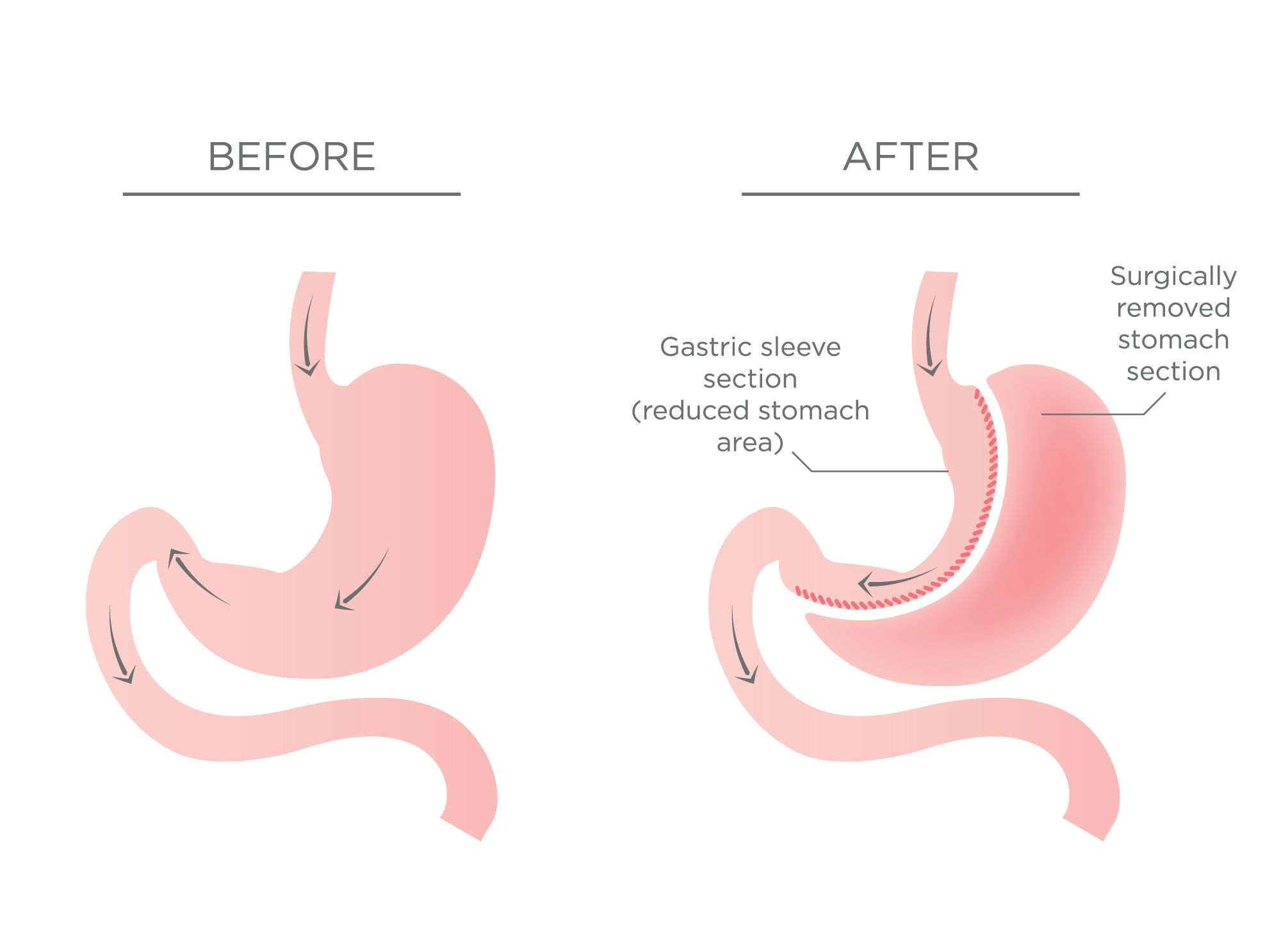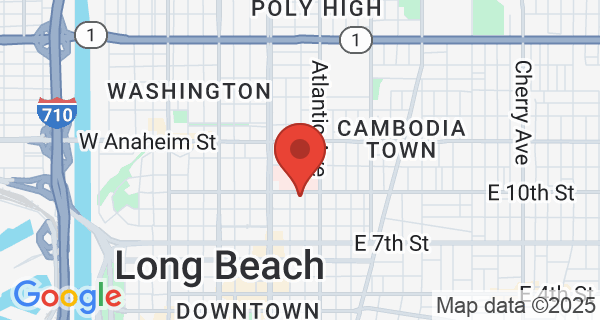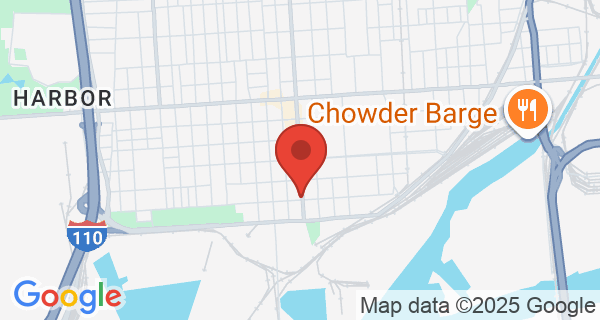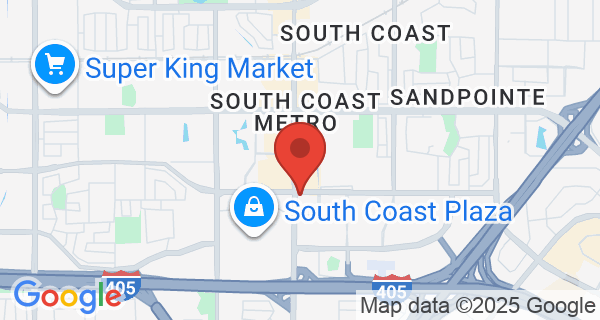- Home
- Meet the Team
- Bariatric Surgery
- Bariatric Surgery Overview
- Gastric Bypass Surgery
- Biliopancreatic Diversion with Duodenal Switch
- LAP-BAND®
- Sleeve Gastrectomy
- Tummy Tuck
- Revision Bariatric Surgery
- ORBERA™ Intragastric Balloon
- ReShape™ Non-surgical Weight Loss Procedure
- Body Contouring after Weight Loss Surgery
- Bariatric Surgery Recovery
- Lap Band to Sleeve
- Obalon Balloon System
- Non-surgical Weight Loss Procedures
- GERD Treatment (LINX®)
- Testimonials
- Reviews
- Locations
- Blog
- Photo Gallery
- Contact
- Site Map
SLEEVE GASTRECTOMY SURGERY
Sleeve gastrectomy surgery performed by Dr. H. Joseph Naim at his Los Angeles, Long Beach and Orange County locations involves the removal of approximately 80 percent of the stomach, and is performed to encourage healthy weight loss. Also referred to as a gastric sleeve, this procedure is one of the most popular weight loss surgeries in the U.S. By removing a portion of the stomach to create a sleeve-like tube, the stomach’s capacity is significantly reduced. This limits the amount you can consume in a single sitting, effectively helping you to achieve long-lasting weight loss.
What Can Sleeve Gastrectomy Surgery Do for You?
A sleeve gastrectomy removes a large amount of the stomach, which helps to curb the appetite and move food through the stomach faster, which helps prevent absorption of excess calories. Patients typically experience higher rates of success with a gastric sleeve over other surgical options, such as a LAP-BAND®. Most patients benefit from a reversal of co-morbidities such as type II diabetes, high blood pressure, sleep apnea, and more.
Patients typically experience higher rates of success with a gastric sleeve over other surgical options.
A Closer Look at Sleeve Gastrectomy Surgery
In addition to having a BMI (body mass index) greater than or equal to 40, or a BMI of at least 35 and two or more co-morbidities, it is also important that patients have realistic expectations for outcomes and are ready and willing to adapt to a healthier lifestyle after surgery.
Preparing for Surgery
A sleeve gastrectomy is performed under general anesthesia and generally takes one to two hours. Before your surgical appointment, our team will ensure you know exactly what to expect at various stages in your treatment so you feel fully prepared.
During the Operation
The gastric sleeve procedure is performed laparoscopically. Several small incisions are created in the abdomen, and then a laparoscope, which contains a small camera, is inserted to guide the instruments. Dr. Naim then removes a large majority of the stomach. The intestines are left intact and unlike gastric bypass, are not bypassed in this surgery. Once 75 to 80 percent of the stomach is removed, Dr. Naim will suture the remaining stomach “sleeve” and then suture your incisions closed.

A sleeve gastrectomy permanently reduces the capacity of your stomach.
Immediately After the Procedure
For some patients, gastric sleeve is an outpatient procedure, while others may need to stay overnight. Within the first few hours of surgery, you should get up and take a few steps to help reduce your risk of blood clots. Dr. Naim will prescribe pain medication in addition to a strict post-operative diet, which typically includes a liquid diet for the first two weeks.
Learn More About This Surgical Solution
If you have struggled with being overweight or obese and have been unable to lose weight through diet and exercise, bariatric surgery may be right for you. Dr. Naim and his team are highly experienced in weight loss surgeries and can provide you the support you need for success. Contact Advance Bariatric Center today to schedule your consultation and learn more about whether gastric sleeve surgery is right for you.





